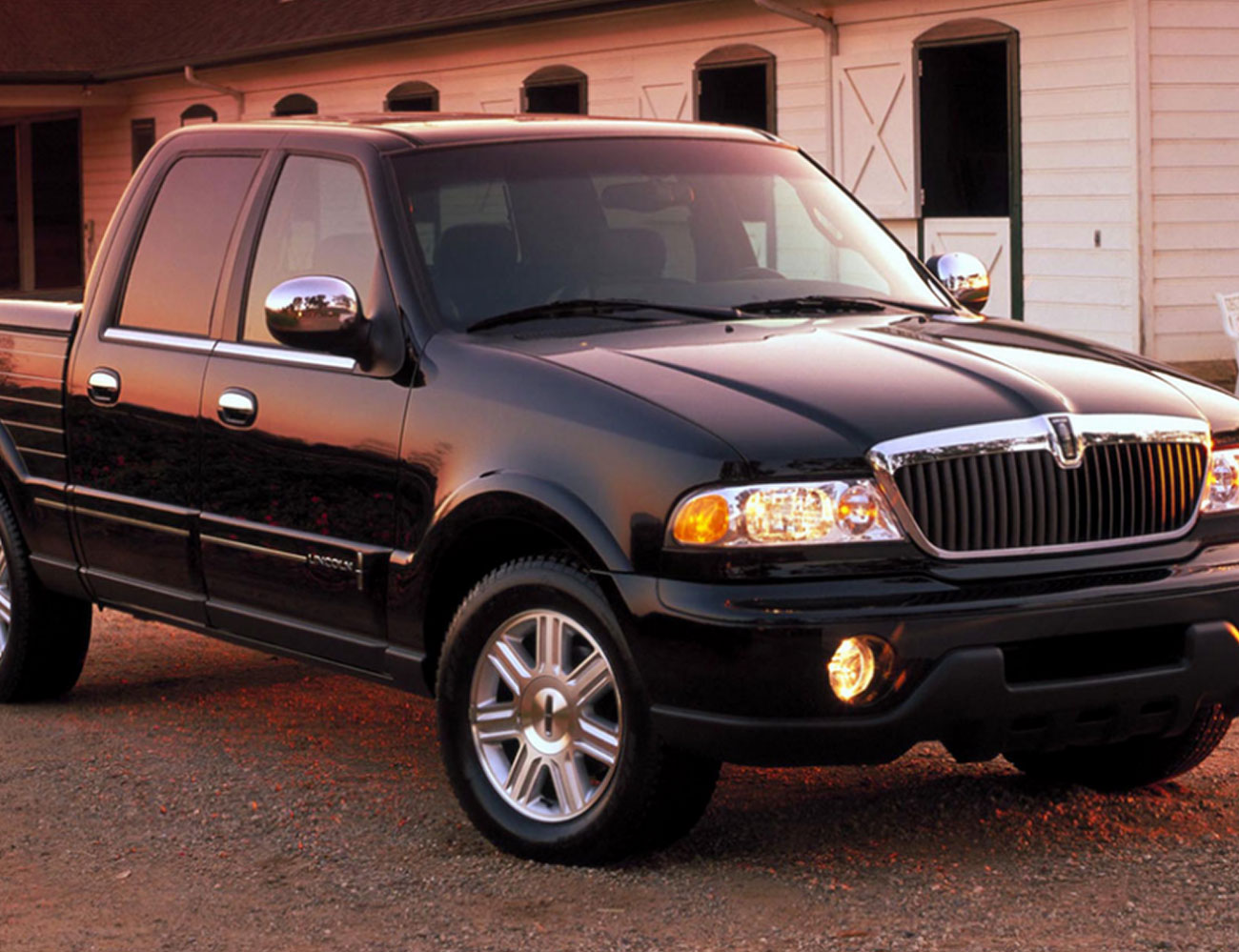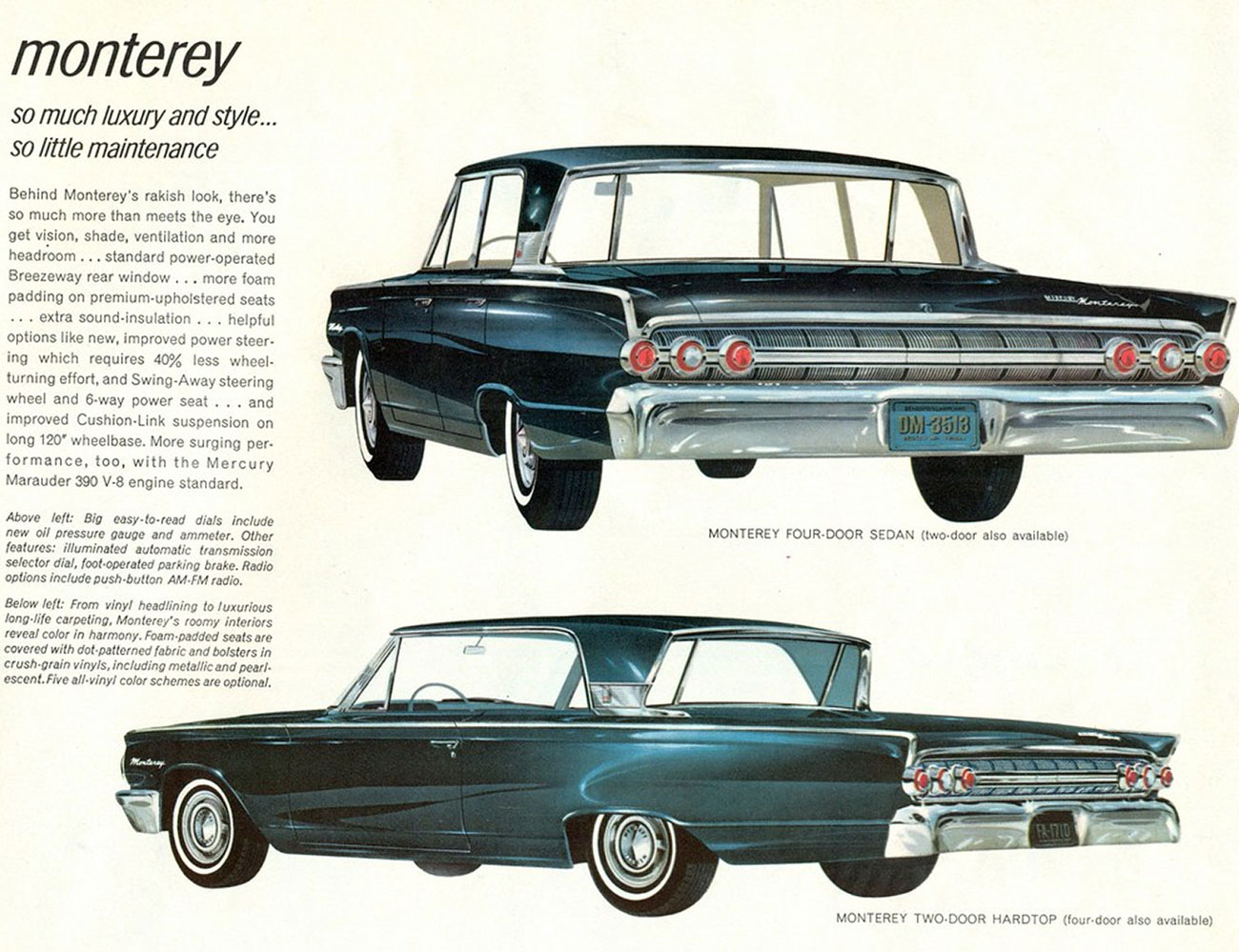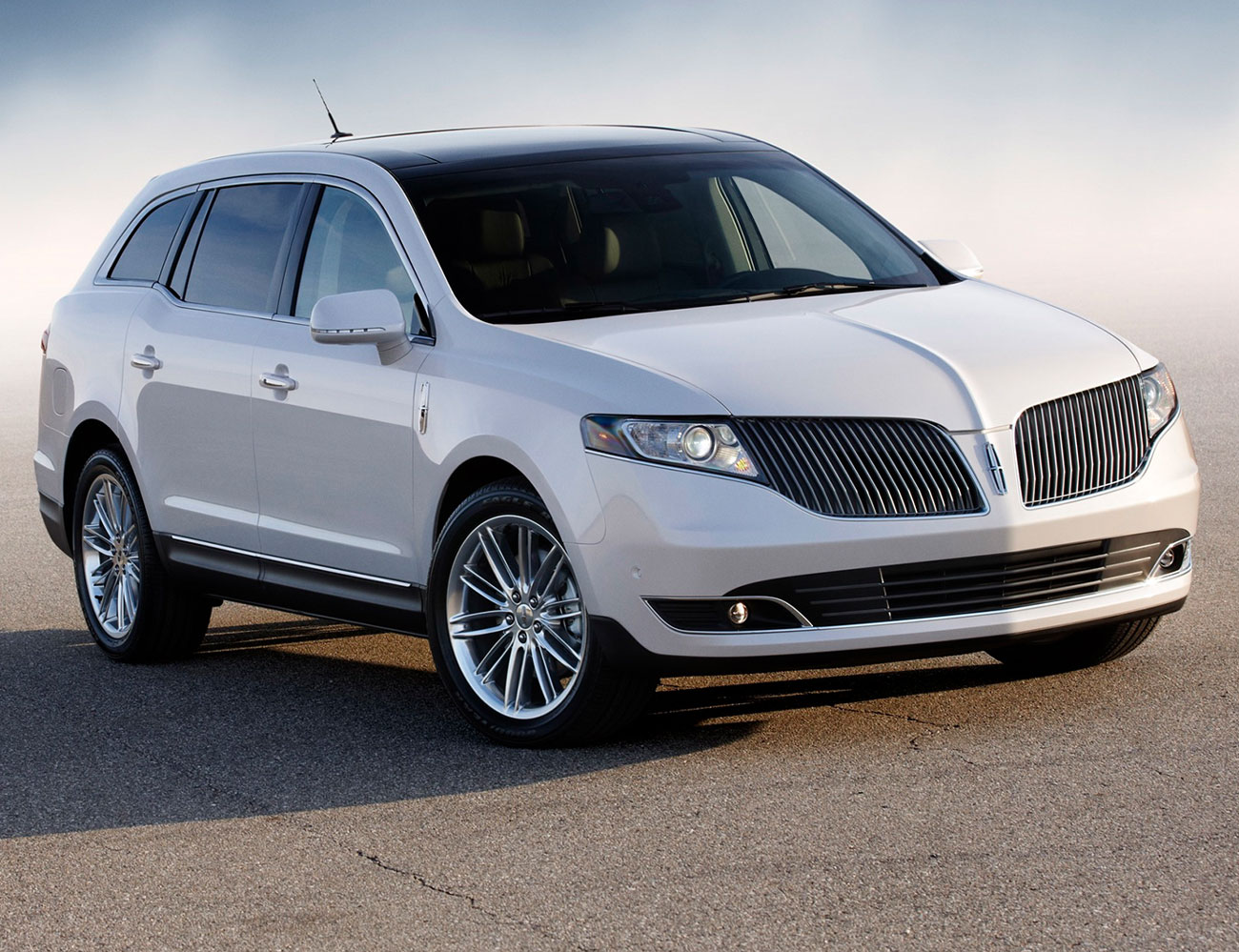We certainly enjoy thinking about odd cars here at Gear Patrol. A little while back, we took a look at the weirdest cars GM ever made. Now, we’re casting our glance over at the Ford Motor Company. Ford brought the world the assembly line, as well as automotive icons like the Mustang, the F-150 pickup, and the Bronco SUV. Of course, the company also brought the automotive world bywords for epic failure like the Edsel and the Pinto.
And then there were the cars that were just downright weird. Below are five Ford, Lincoln and Mercury (remember Mercury?) cars that — even with decades of hindsight — remain absolute head-scratchers.
Lincoln Blackwood (2002)


To its credit, Ford saw the luxury truck coming. But their first crack at it, the Lincoln Blackwood, proved an absolute debacle — hence why it only lasted one model year. The Blackwood had no tailgate and a useless carpeted bed with a power-lifted tonneau cover. It didn’t have four-wheel-drive. If you were extra swanky, there was even a Neiman Marcus limited edition.
Ford tried again with the Mark LT a few years later, and did a little better. Ford’s third attempt was the charm: the F-150 Platinum. People who want a fancy truck still like trucks.
Mercury Monterey Breezway (1963-68)


Most Mercury cars were profoundly boring. The Monterey Breezeway was still boring, but it had one zany feature: a reverse-slanted rear window that could be lowered. The mid-1960s was before all cars were fitted with air-conditioning. One presumes the rear window provided a way for breeze to enter the vehicle.
We suspect the prime function of the window for many 1960s families was allowing kids some blessed fresh air as their parents’ cigarette smoke wafted into the back seat area.
Lincoln MKT (2010-19)


Lincoln replaced its iconic Town Car for the 2010s with…whatever the MKT was. Lincoln marketed the MKT as a luxury crossover, which helped it make our ugliest SUVs of all-time list. The best description may be some sort of wagon-type thing with a disproportionate amount of room for junk in the trunk.
The MKT drove well, and held a lot of luggage, which made it great for fleet use. But every once in a while you’d spot a civilian driving one and wonder precisely what the hell happened when that person walked into a luxury car dealership. Mercifully, Lincoln replaced it with the Aviator.
Ford Probe (1988-92)


The 1980s were a weird time for decision-making. Ford execs came up with an ingenious plan to modernize the Ford Mustang by completely altering the car. The new Mustang would be a rad Japanese-styled, V6-at-best, front-wheel-drive coupe. Ford would then phase out the V8-powered Fox-body Mustang, which had dropped in sales, while rebranding it the “Mustang Classic.”
Reaction to that change went about as poorly as one could have expected (hint: very poorly). Ford shelved the plan. But the company had already put all the R&D into the car, so they released it anyway as the Probe — which then, as now, conjured a menagerie of images unrelated to car production.
Ford Mustang II (1974-78)


Ford’s first-generation Mustang may be the greatest American automotive achievement. Others have outperformed it, but no other car can match the Mustang’s level of timeless, accessible cool. Ford replaced it with the Mustang II — a car that seldom gets mentioned in Lee Iacocca career retrospectives, because it was a complete dog turd of a vehicle.
The Mustang II was a subcompact running on the bones of the aforementioned Pinto. It had no power, and used the horrifically unsafe Firestone 500 tires. Ford tried every shade of lipstick (Ghia, Stallion, Cobra II, Mach 1) to make the car look cool and sporty…but the Mustang II still looked like a pig.

